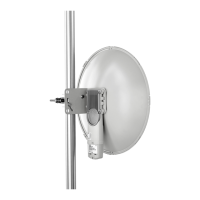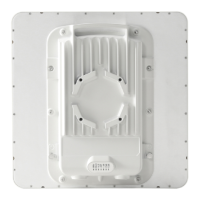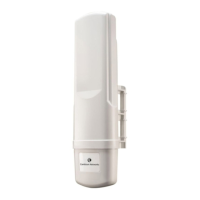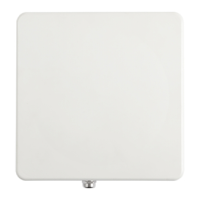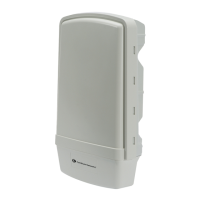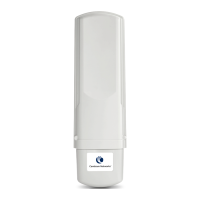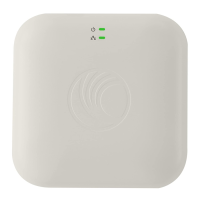Chapter 1: Configuration Configuring security
Page
1-117
Packet Filter Types
For any box selected, the Protocol and Port Filtering feature blocks the
associated protocol type.
To filter packets in any of the user-defined ports, must do all of the
following:
Check the box for
User Defined Port
n
(See Below)
in the
section of this tab.
In the
User Defined Port Filtering Configuration
section of this tab:
• provide a port number at
.
• enable
and/or
by clicking the associated radio button
Filter Direction Operators may choose to filter upstream (uplink) RF packets or downstream
(downlink) RF packets.
User Defined Port
Filtering
Configuration
You can specify ports for which to block subscriber access, regardless of
whether NAT is enabled.
RF Telnet Access RF Telnet Access restricts Telnet access to the AP/BHM from a device
situated below a network SM/BHS (downstream from the AP/BHM). This is a
security enhancement to restrict RF-interface sourced AP access specifically
to the LAN1 IP address and LAN2 IP address (Radio Private Address,
typically 192.168.101.[LUID]). This restriction disallows unauthorized users
from running Telnet commands on the AP/BHM that can change AP/BHM
configuration or modifying network-critical components such as routing and
ARP tables.
PPPoE PADI Downlink
Forwarding
: the AP/BHM allows downstream and upstream transmission of
PPPoE PADI packets. By default, PPPoE PADI Downlink Forwarding is set to
“Enabled”.
: the AP/BHM disallows PPPoE PADI packets from entering the
Ethernet interface and exiting the RF interface (downstream to the
SM/BHS). PPPoE PADI packets are still allowed to enter the AP’s RF
interface and exit the AP’s /BHM’s Ethernet interface (upstream).
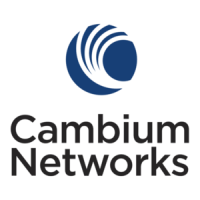
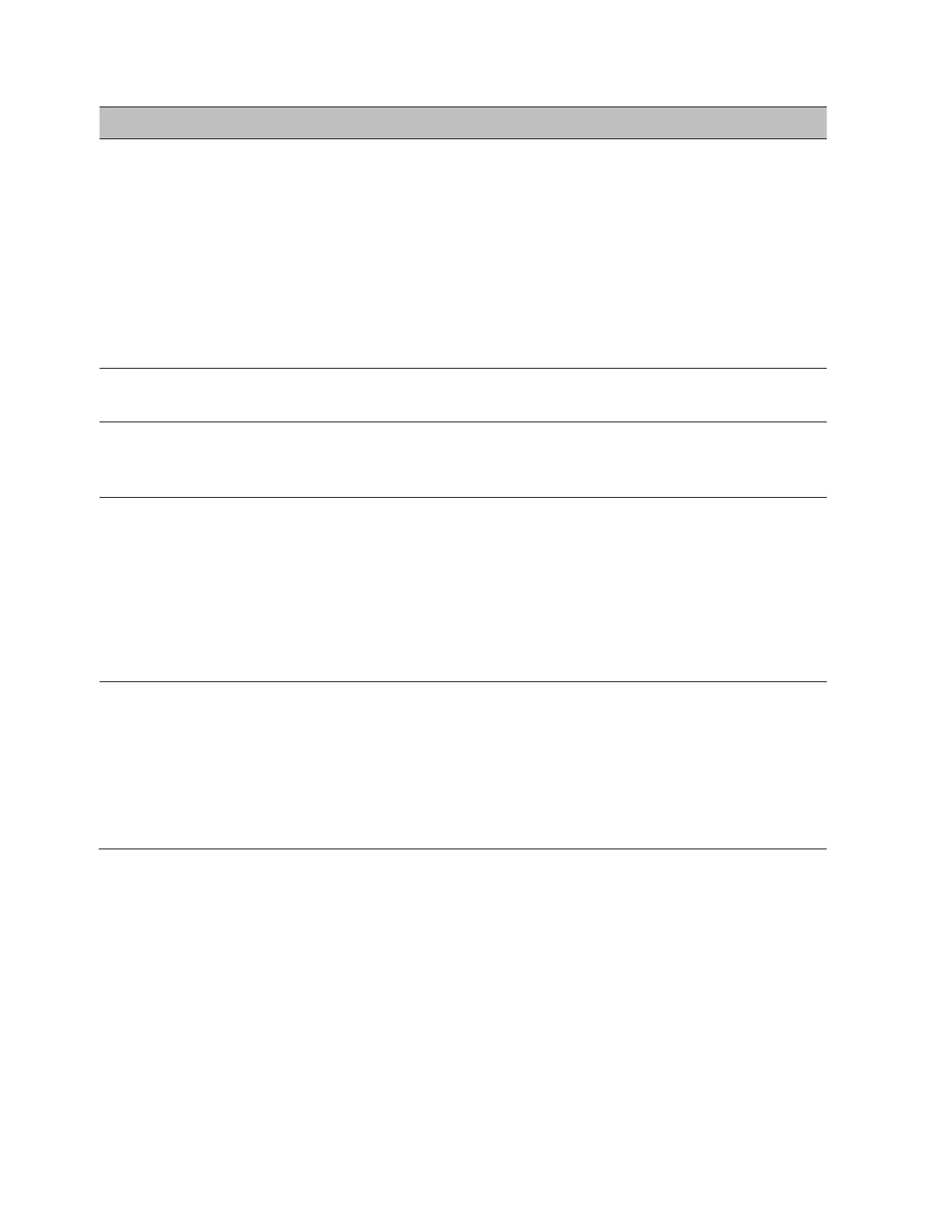